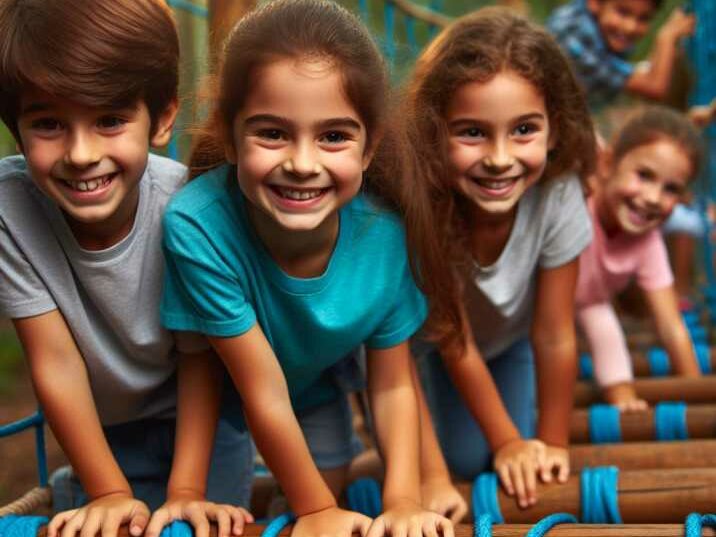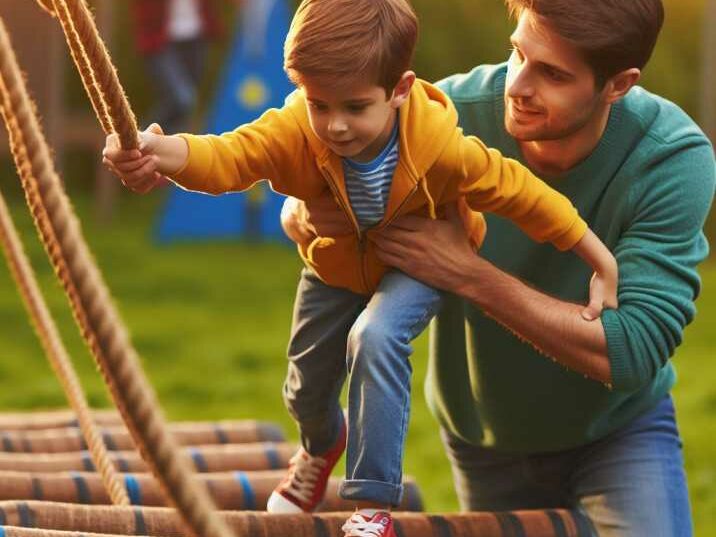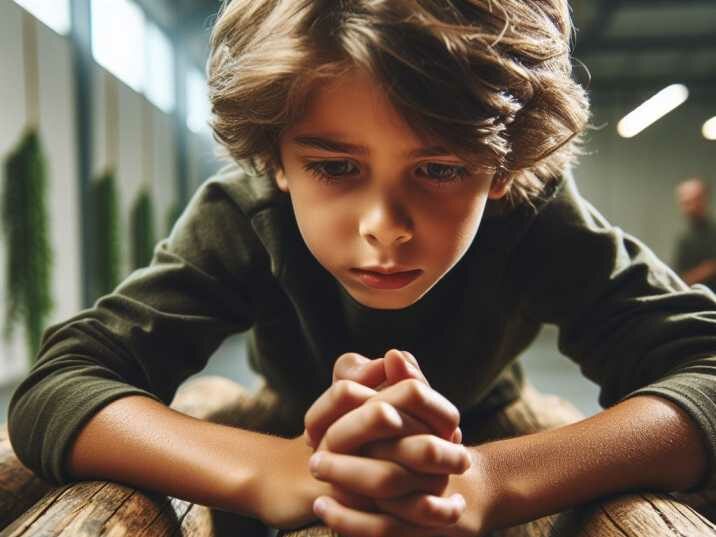Discipline and Focus in kids with Obstacle Courses
Table of Contents
The use of obstacle courses in teaching discipline and focus has gained momentum in recent years. These courses are not just about physical activity; they are a holistic approach to child development. The blend of physical challenges, problem-solving, and the thrill of completion makes discipline and focus in kids with obstacle courses.
Introduction
In a world filled with distractions, instilling Discipline and Focus in kids with Obstacle Courses has become a paramount concern for parents and educators alike. One innovative and engaging method that has gained popularity is the use of obstacle courses. This article delves into the effective use of discipline and focus in kids with obstacle courses

The Power of Play: Making Discipline Fun
Obstacle courses offer a unique blend of physical activity and mental engagement, making them an ideal platform for teaching discipline and focus. By incorporating play into the learning process, children are more likely to stay engaged and develop these crucial skills in a way that feels like an exciting adventure.
Structured Challenges for Lasting Impact
The key to successfully using discipline and focus in kids with obstacle courses for teaching in their structure. Creating challenges that progressively demand higher levels of focus and discipline ensures that children not only enjoy the experience but also learn to adapt and overcome obstacles in a controlled environment.
Building Mental Resilience Through Physical Challenges
Obstacle courses require strategic thinking, planning, and adaptability – all essential components of discipline and focus. As children navigate through various obstacles, they not only develop physical strength but also build mental resilience, learning to stay focused even when faced with unexpected challenges.
Nurturing Concentration Through Obstacle Course Design
The design of discipline and focus in kids with obstacle courses plays a crucial role in capturing and maintaining a child’s attention. Incorporating elements that require sustained focus, such as balancing acts or memory challenges, helps nurture concentration skills, laying the foundation for improved discipline.
Transformative Learning: Obstacle Courses in Educational Settings
Obstacle courses aren’t confined to playgrounds; they have found their way into educational settings as well. Integrating obstacle courses into school curricula provides a dynamic platform for teaching discipline and focus in kids with obstacle courses, making learning an interactive and enjoyable experience.
Fostering Teamwork and Discipline
Many obstacle courses are designed to be completed in teams, fostering a sense of teamwork and cooperation among children. Learning to work together not only enhances their social skills but also instills discipline by emphasizing the importance of collaboration.
The Role of Parents and Educators
Parents and educators play a pivotal role in reinforcing the lessons learned through obstacle courses. By actively participating in the process and providing positive reinforcement, they contribute to the development of discipline and focus in children.
Parents play a pivotal role in this journey. By actively participating in and supporting their child’s obstacle course endeavors, parents become integral motivators. Encouragement, coupled with setting achievable goals, creates an environment where discipline and focus become inherent qualities

Overcoming Challenges: Lessons Beyond the Obstacle Course
Life is full of obstacles, and the skills learned on the course extend beyond the physical realm. Teaching children to approach challenges with discipline and focus prepares them for the complexities they may encounter in various aspects of life.
Conclusion
teaching Discipline and Focus in kids with Obstacle Courses is a multifaceted approach to child development. It combines the joy of physical activity with the cultivation of essential life skills. As we navigate the challenges of parenting and education, let us embrace innovative methods that not only educate but also inspire our children to become disciplined, focused, and resilient individuals

FAQ :
- Q1: How do I create a safe obstacle course for my child?
- A1: “Begin by selecting age-appropriate challenges and ensuring a soft landing surface. Always supervise and prioritize safety.”
- Q2: Can obstacle courses be adapted for different age groups?
- A2: “Absolutely! Tailor the complexity of challenges based on the age and capabilities of the children involved.”
- Q3: Are there indoor obstacle course ideas for rainy days?
- A3: “Yes, you can create indoor courses using household items like cushions and chairs. Get creative and turn rainy days into exciting indoor adventures.”
- Q4: How can I encourage my child to stay focused during the obstacle course?
- A4: “Set small goals, offer positive reinforcement, and participate alongside your child to keep them motivated and focused.”
- Q5: Are there any specific benefits of obstacle courses for children with attention issues?
- A5: “Obstacle courses can be particularly beneficial for children with attention issues, as they provide a structured and engaging way to improve focus and concentration.”
- Q6: Can obstacle courses be part of a school curriculum?
- A6: “Absolutely! Many educators incorporate obstacle courses into physical education programs to promote both physical and mental development.”
- Q7: How often should children engage in obstacle courses for optimal results?
- A7: “Consistency is key. Aim for regular sessions, keeping them fun and varied to maintain interest and maximize the benefits.”
- Q8: What are some simple materials I can use to create an obstacle course at home?
- A8: “Common household items like cones, hula hoops, and blankets can be repurposed to create a simple yet effective obstacle course in your backyard or living room.”
- Q9: How can obstacle courses contribute to a child’s social development?
- A9: “Obstacle courses often involve teamwork and cooperation, fostering social skills as children navigate challenges together.”
- Q10: Are there any recommended obstacle course apps for children?
- A10: “Several apps offer virtual obstacle courses, combining technology with physical activity to engage children in a new and exciting way.”
- Q11: Can children with physical disabilities participate in obstacle courses?
- A11: “Yes, with thoughtful adaptations, obstacle courses can be inclusive for children with physical disabilities. Consult with professionals for personalized guidance.”
- Q12: How can educators integrate obstacle courses into the classroom setting?
- A12: “Educators can incorporate mini obstacle courses as brain breaks or team-building activities, enhancing the overall learning experience for students.”

